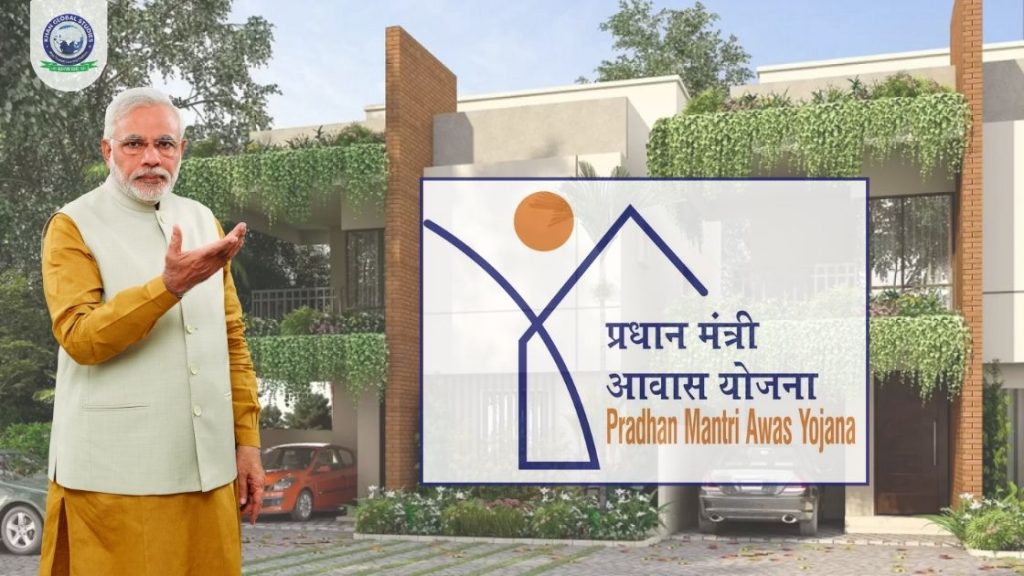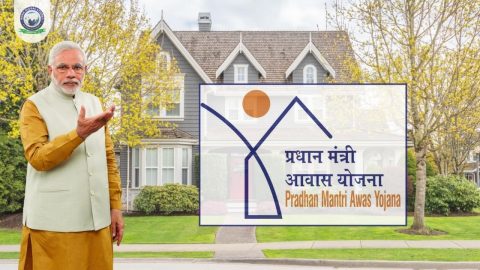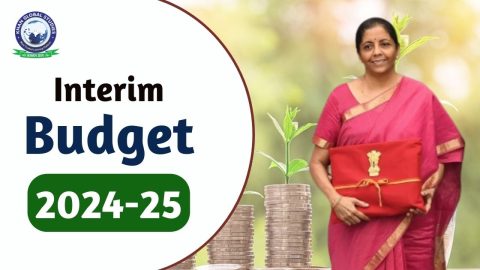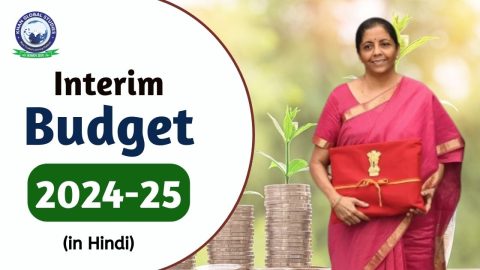Pradhan Mantri Awas Yojana (PMAY) is a scheme of the Government of India through which poor people living in cities and rural areas will be provided housing as per their purchasing power. The government has identified 305 cities and towns in 9 states where these houses will be built.
“Pradhan Mantri Awas Yojana” or PMAY-Urban was launched in 2015 under the ‘Housing for All’ initiative. PMAY-Urban has the facility to avail of interest subsidy on home loans through the Credit Linked Subsidy Scheme, under which assistance up to Rs 2.67 lakh can be availed. It is for eligible beneficiaries who wish to avail housing loan to purchase, construct or upgrade a house.
Various Stages of PMAY
The government has divided this scheme into 3 phases-
- The first phase began in April 2015 and ended in March 2017. Under this, houses have been built in more than 100 cities.
- The second phase ran from April 2017 to March 2019, in which the government has set a target of building houses in more than 200 cities.
- The third phase began in April 2019 and ended in March 2022, completing the remaining targets.
In August 2022, the Union Cabinet approved the continuation of PMAY-U till December 31, 2024, with all verticals except CLSS providing for completion of already sanctioned houses by March 31, 2022.
In the interim budget for the financial year 2023-24, Finance Minister Nirmala Sitharaman has increased the budget of PM Awas Yojana 2024 by 66 per cent to realize the dream of the poor to have their own house. Increasing this budget allocation will help in increasing the number of houses. Under this scheme, construction of 1.22 crore new houses has been approved, the benefits of which will be available to the poor families of the country till 31 December 2024.
Properties
- The amount and subsidy amount received under this scheme will come directly into the candidate’s bank account which will be linked to the Aadhar card so that he can get its full benefit.
- The permanent houses to be built under the Pradhan Mantri Awas Yojana will be 25 square meters (about 270 square feet), which is bigger than before. Earlier their size was fixed at 20 square meters (about 215 square feet).
- The expenditure under this scheme will be jointly borne by the Central Government and the State Government. The ratio of this amount to be shared in the plains will be 60:40, while in the North-East and the three Himalayan states of Jammu and Kashmir, Himachal Pradesh and Uttarakhand, the ratio will be 90:10.
- Pradhan Mantri Awas Yojana has also been linked to Swachh Bharat Yojana, Rs 12,000 will be allocated separately for toilets built under Swachh Bharat Yojana.
- Under this scheme, if the beneficiary wants, he can also take a loan of Rs 70 thousand, which will be without interest, which will have to be repaid in the form of instalments, which he will have to take by applying from various financial institutions. In urban areas, candidates can take a loan of more than Rs 70 thousand, which will be available at very low-interest rates. Loans will be available according to LIG, HIG, and MIG categories.
- The scheme has also been integrated with other schemes to provide complete facilities to the beneficiaries like toilets, drinking water, electricity, clean smokeless fuel for cooking, and social and liquid waste disposal.
- Pradhan Mantri Awas Yojana was earlier known as Indira Awas Yojana.
About this Scheme
The Central Government gives all homeless citizens of India houses under the Pradhan Mantri Awas Yojana. Under the Pradhan Mantri Awas Yojana, the government helps those people who do not have their own houses to build houses by providing financial assistance. On 25 June 2015, Prime Minister Narendra Modi inaugurated the Pradhan Mantri Awas Yojana (PMAY).
The main goal of Pradhan Mantri Awas Yojana is that by the year 2023, every family living below the poverty line should have their own house so that they do not have to take a house on rent. This target has almost been achieved. Let us tell you that during the tenure of Honorable Prime Minister Modi, many public welfare schemes have been started, including Pradhan Mantri Kisan Yojana, eShram Yojana, Pradhan Mantri Jeevan Jyoti Bima Yojana (PMJJBY), Pradhan Mantri Maandhan Yojana, Pradhan Mantri Suraksha Bima Yojana (PMSBY), Jan Samarth Yojana, Pradhan Mantri Mudra Yojana (APY), Pradhan Mantri Garib Kalyan Yojana and Atal Pension Yojana (APY).
Eligibility
The following eligibility criteria have been set for this scheme by the Government of India:-
- The age of the applicant should be less than 70 years.
- There is no house or flat in the name of the applicant or any member of his family.
- The applicant should not avail of any kind of government discount for purchasing a house.
- The house is either owned by a woman, or the family consists only of men.
The maximum annual income of the family should not exceed ₹18 lahks, it is economically divided into 4 different parts:-
- EWS or Economically Weaker Section – Annual total income is less than ₹3 lakh.
- LIG or Low Income Group – ₹3 lakh to ₹6 lakh per year,
- MIG-I or Middle Income Group-1 – ₹6 lakh to ₹12 lakh per annum,
- MIG-II or Middle Income Group-2 – ₹12 lakh to ₹18 lakh per annum,
- For house repair or improvement only for the EWS or LIG category.
Required Documents
The following eligibility criteria have been set for this scheme by the Government of India:-
- Aadhar Card
- Voter ID Card
- PAN Card
- Caste Certificate
- Income Certificate
- Age Certificate
- Ration Card
- Mobile Number
- Bank Account Number (linked to Aadhaar card)
- Passport Size Photograph






